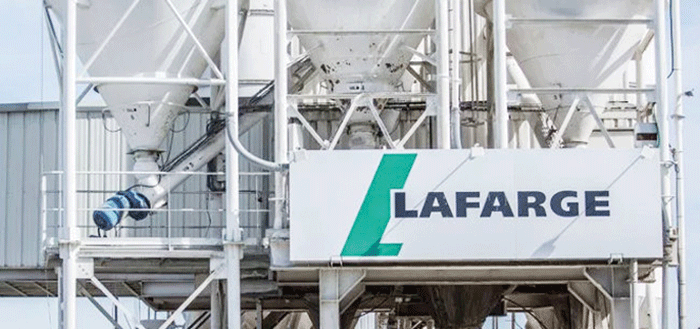ZIMBABWE is on the verge of adopting a hyperinflation financial reporting model at a time inflation figures have spiked as its fragile economy teeters on the brink of collapse.
The reporting modality, which is being fine-tuned by the Public Accountants and Auditors Board (PAAB), is set to be announced soon.
This comes after Treasury announced in August that it would suspend publication of annualised inflation figures which stood at 176% at the end of June.
Once pronounced, local listed companies will then adopt a hyperinflation standard, IAS 29 of International Financial Reporting Standards (IFRS) which provides guidelines for entities whose functional currency is the currency of a hyperinflationary economy.
The IFRS defines hyperinflation as prices, interest and wages linked to a price index rising 100% or more cumulatively over three years.
Companies operating under this regime may be required to update their statements periodically in order to make them relevant to current economic and financial conditions, supplementing cost-based financial statements with regular price-level adjusted statements.
Institute of Chartered Acccountants of Zimbabwe (Icaz) confirmed the accounting profession is working frantically to adopt the hyperinflation reporting standard.
"Yes, assessments are underway at the Public Accountants and Auditors Board (PAAB). As Icaz, we submitted our input. I want to believe they will communicate very soon," Icaz chief executive Gloria Zvaravanhu said.
PAAB secretary Admire Ndurunduru said an announcement on the adoption of the reporting standard was imminent.
Already, local companies are warming up to the idea, with Simbisa Brands Limited announcing in the full year results ended June 2019 that going forward, it foresees difficulties in complying with the accounting standard in the absence of year-on-year inflation data.
The IAS 29 lists factors that indicate an economy is hyperinflationary. One of the indicators of hyperinflation arises when cumulative inflation over a three-year period approaches, or is in excess of 100 %.
A parent entity that reports in a hyperinflationary currency, which has subsidiaries that also report in the same currency, should restate the financial statements of those subsidiaries in accordance with IAS 29, as part of the consolidation process.
Where a subsidiary reports in the currency of a different hyperinflationary currency, then its financial statements should first be restated by applying a general price index of the country in which it reports. The restated financial statements should then be translated at closing rates.
During the first half of 2019, South Africa-based Old Mutual Limited concluded that its Zimbabwean subsidiary was operating in a hyperinflationary economy and immediately decided to account for it as such.
"This decision was supported by a rapid increase in the inflation rate, which at the end of June 2019 was far in excess of 100% at 176%, the significant deterioration in the traded interbank RTGS dollar exchange rate over the period and the lack of access in Zimbabwe to foreign currency to pay foreign-denominated liabilities," Old Mutual said.
"We have applied hyperinflation accounting from October 1, 2018 and used the Zimbabwe consumer price index (CPI) to inflation adjust reported numbers. The results, net assets and cash flows are then translated into rand at the closing rate of ZW$1 to ZAR2,13. The closing rate used to translate the December 2018 results was ZW$1 to ZAR4,35."
- online
 Concern over Masvingo black market
Concern over Masvingo black market  Kenya declares three days of mourning for Mugabe
Kenya declares three days of mourning for Mugabe  UK's Boris Johnson quits over Brexit stretegy
UK's Boris Johnson quits over Brexit stretegy  SecZim licences VFEX
SecZim licences VFEX  Zimbabwe abandons debt relief initiative
Zimbabwe abandons debt relief initiative  European Investment Bank warms up to Zimbabwe
European Investment Bank warms up to Zimbabwe  Young Investment Professional (YIP) Graduate Programme 2019
Young Investment Professional (YIP) Graduate Programme 2019 










 Young Investment Professional (YIP) Graduate Programme 2019
Young Investment Professional (YIP) Graduate Programme 2019
Editor's Pick